Who's paying for Trump's National Guard deployment to the Mexico border? U.S. border states, probably.
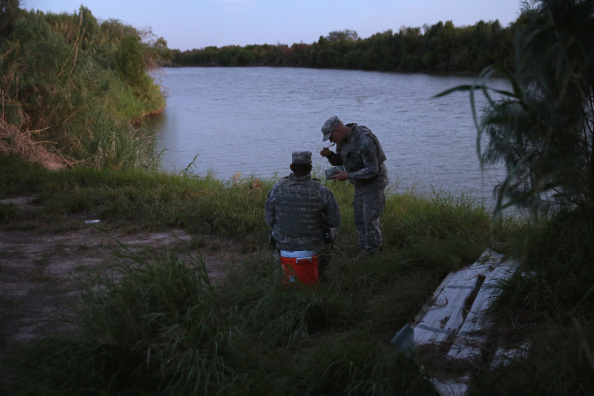

President Trump did not actually order the National Guard to the U.S.-Mexico border in the proclamation he signed Wednesday evening; he ordered Defense Secretary James Mattis to "request use of National Guard personnel to assist in fulfilling this mission." That's because governors command their state's National Guard — as the governors alluded to in their reactions to Trump's memo.
New Mexico Gov. Susana Martinez (R) "appreciates the administration's efforts to bring states to the table as they go about taking steps to better secure our border," said her spokesman, Michael Lonergan. Texas Gov. Greg Abbott (R) noted that in his time as governor, and as far back as 2014, "Texas has maintained a continuous presence of National Guard members along the border," at a cost of millions of dollars. California National Guard spokesman Lt. Col. Tom Keegan said on behalf of Gov. Jerry Brown (D) that California will "promptly" review Trump's request, and "we look forward to more detail, including funding, duration, and end state."
Trump could theoretically take the rare step of federalizing the National Guard, though it "requires specific congressional authorization before the president can use the military in a domestic law enforcement capacity," University of Texas law professor Steve Vladeck tells Vox. But assuming he sticks with asking states to deploy the Guard, bypassing the Posse Comitatus Act, the states foot the bill — unless they come to some agreement with the feds. "In 2006, [California] Gov. Arnold Schwarzenegger sent 1,000 additional National Guard troops to the border in response to a request by President George W. Bush, but only after a protracted dispute over who would pay for it," the San Francisco Chronicle reports.
The Week
Escape your echo chamber. Get the facts behind the news, plus analysis from multiple perspectives.

Sign up for The Week's Free Newsletters
From our morning news briefing to a weekly Good News Newsletter, get the best of The Week delivered directly to your inbox.
From our morning news briefing to a weekly Good News Newsletter, get the best of The Week delivered directly to your inbox.
A free daily email with the biggest news stories of the day – and the best features from TheWeek.com
Peter has worked as a news and culture writer and editor at The Week since the site's launch in 2008. He covers politics, world affairs, religion and cultural currents. His journalism career began as a copy editor at a financial newswire and has included editorial positions at The New York Times Magazine, Facts on File, and Oregon State University.
-
 Testosterone therapy in women highlights the lack of women’s health research
Testosterone therapy in women highlights the lack of women’s health researchThe explainer There is no FDA-approved testosterone product for women
-
 Magazine solutions - November 7, 2025
Magazine solutions - November 7, 2025Puzzles and Quizzes Issue - November 7, 2025
-
 Magazine printables - November 7, 2025
Magazine printables - November 7, 2025Puzzles and Quizzes Issue - November 7, 2025
-
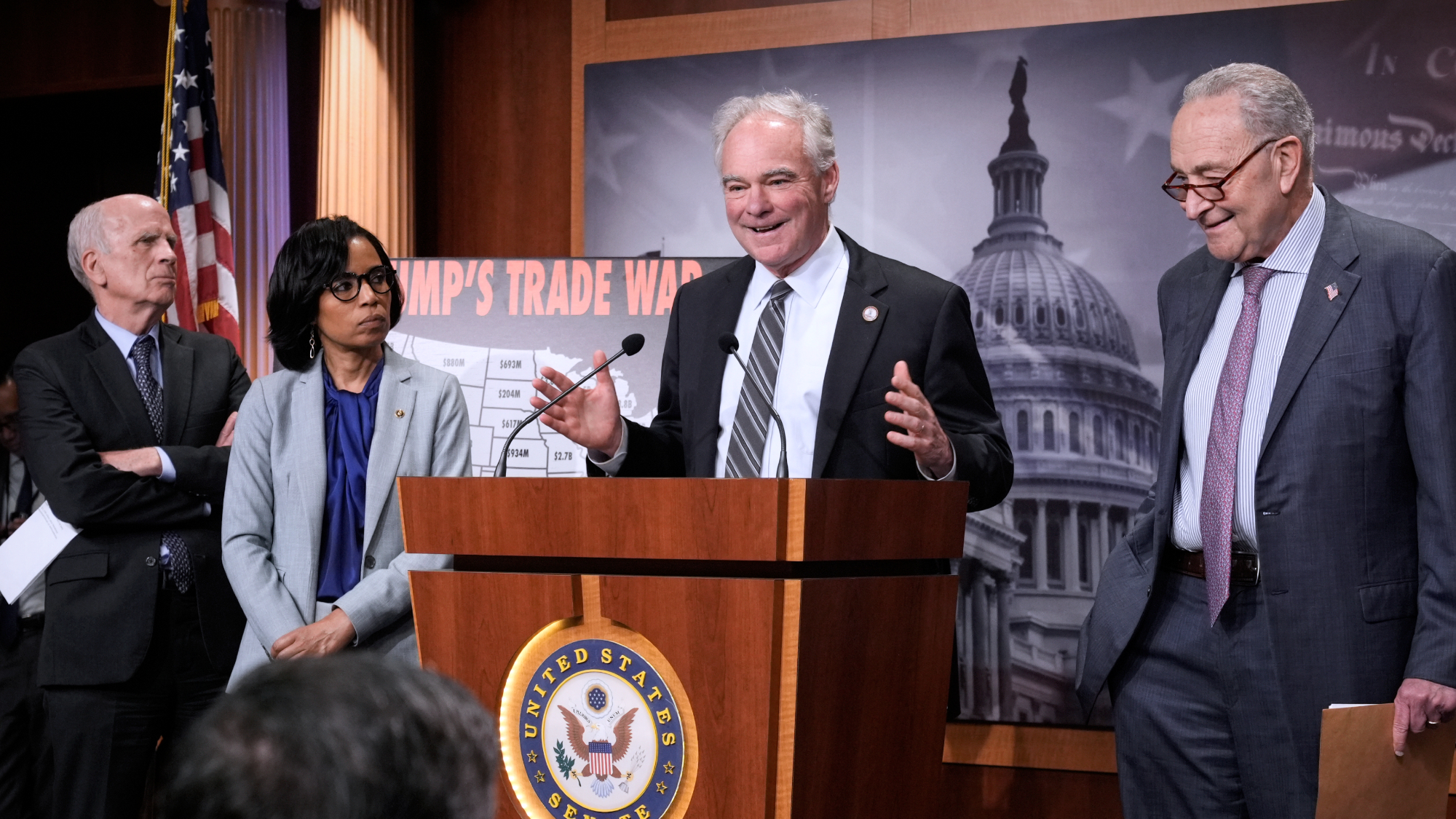 Senate votes to kill Trump’s Brazil tariff
Senate votes to kill Trump’s Brazil tariffSpeed Read Five Senate Republicans joined the Democrats in rebuking Trump’s import tax
-
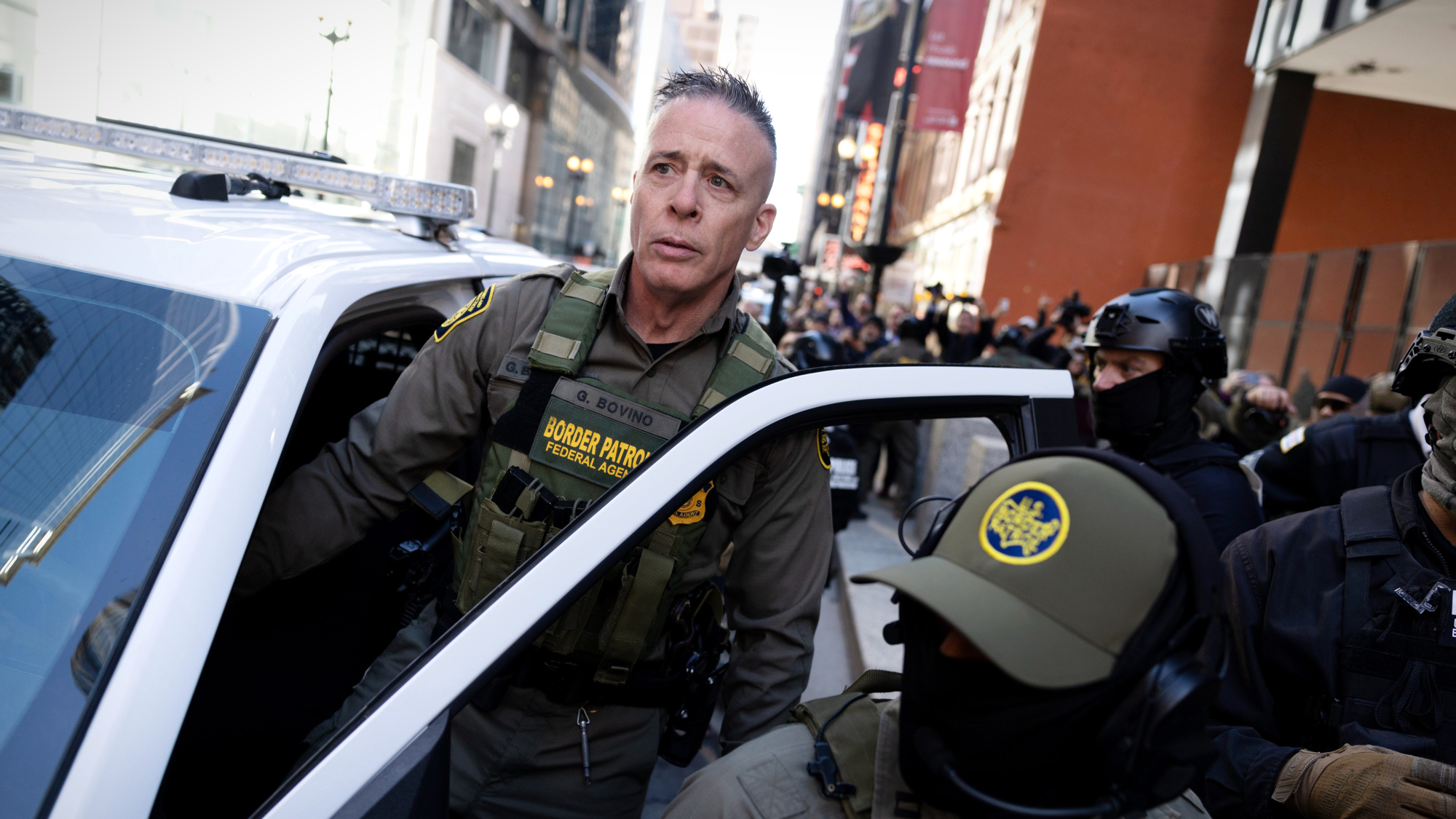 Border Patrol gets scrutiny in court, gains power in ICE
Border Patrol gets scrutiny in court, gains power in ICESpeed Read Half of the new ICE directors are reportedly from DHS’s more aggressive Customs and Border Protection branch
-
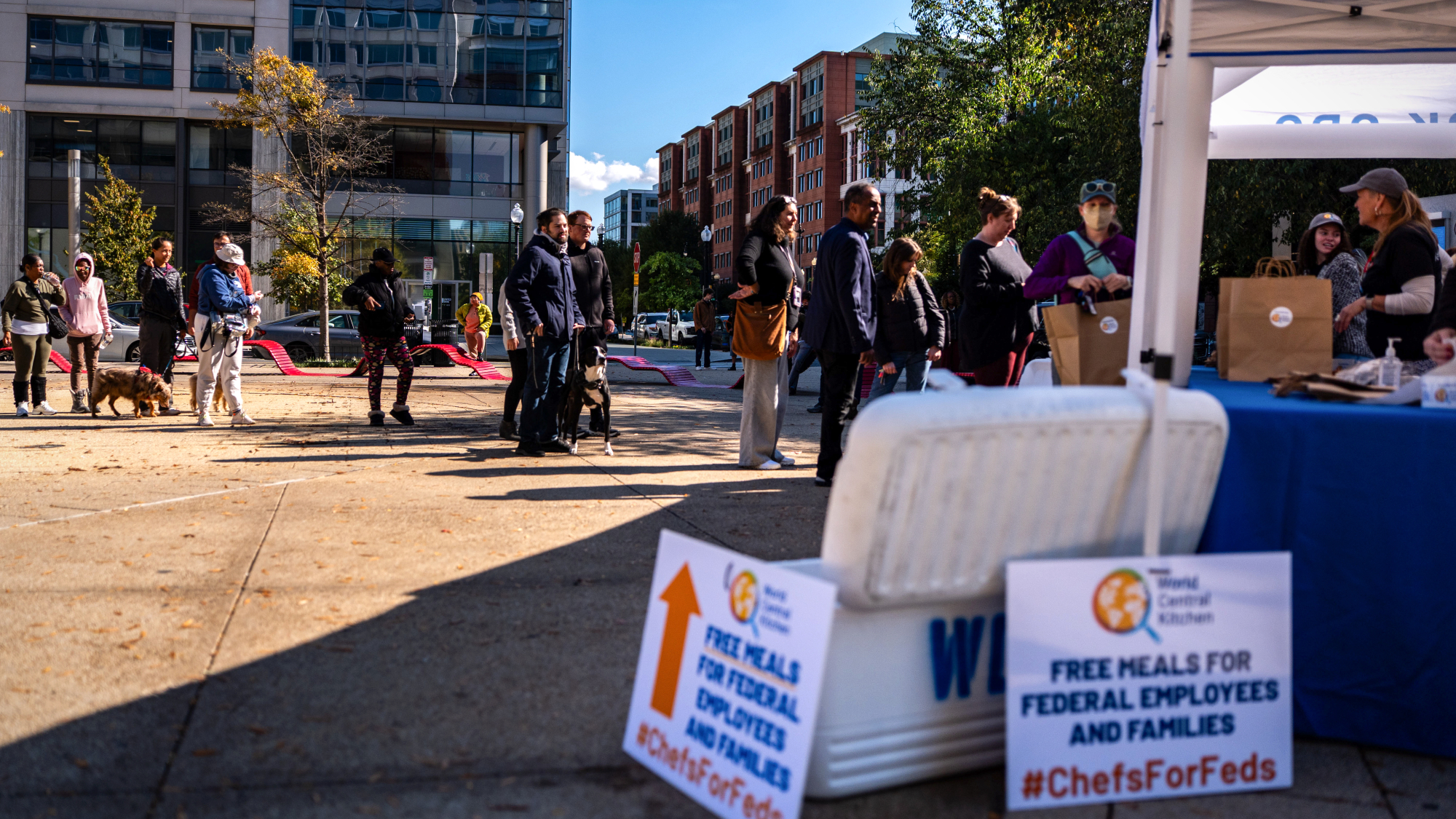 Shutdown stalemate nears key pain points
Shutdown stalemate nears key pain pointsSpeed Read A federal employee union called for the Democrats to to stand down four weeks into the government standoff
-
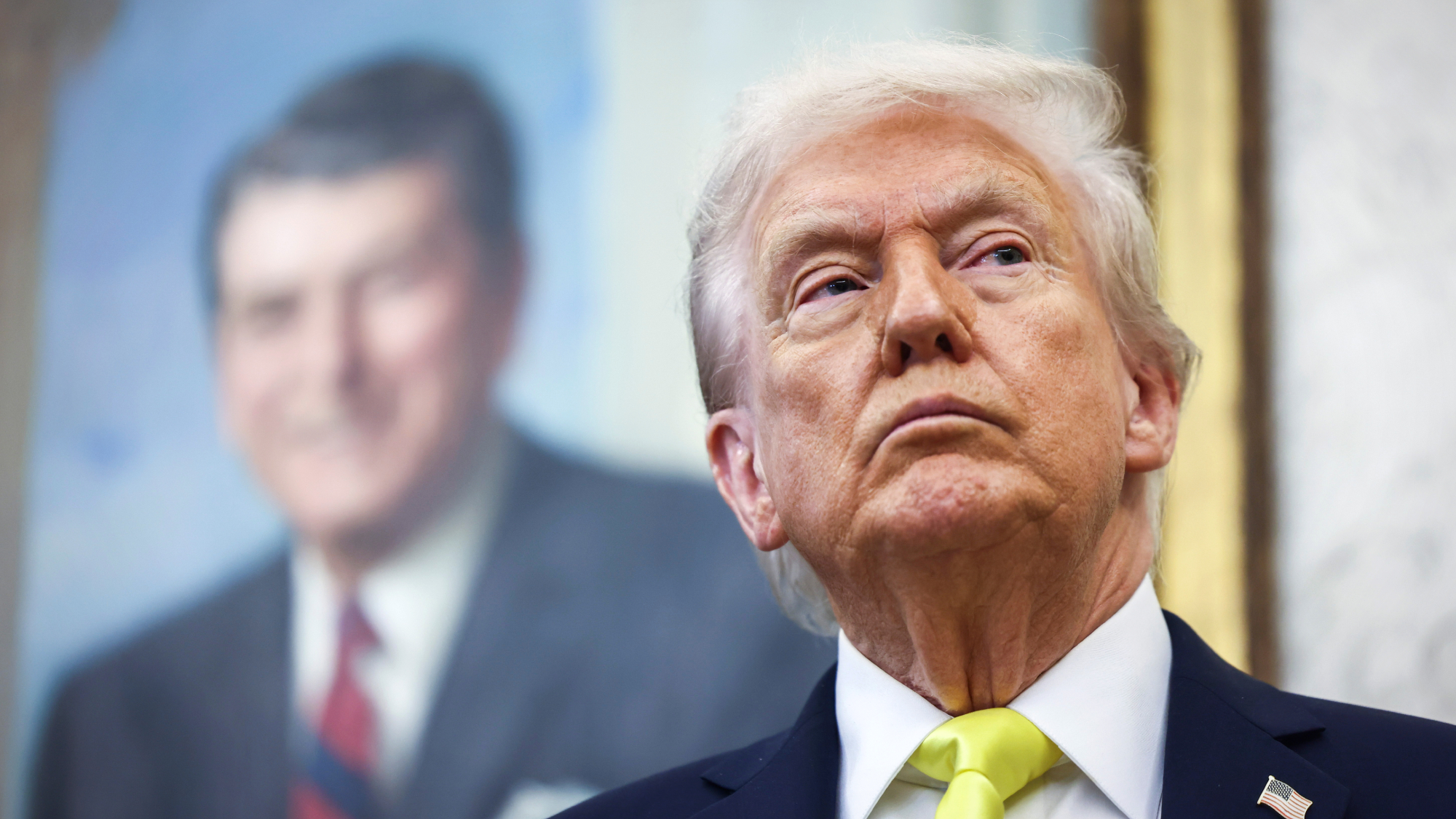 Trump vows new tariffs on Canada over Reagan ad
Trump vows new tariffs on Canada over Reagan adspeed read The ad that offended the president has Ronald Reagan explaining why import taxes hurt the economy
-
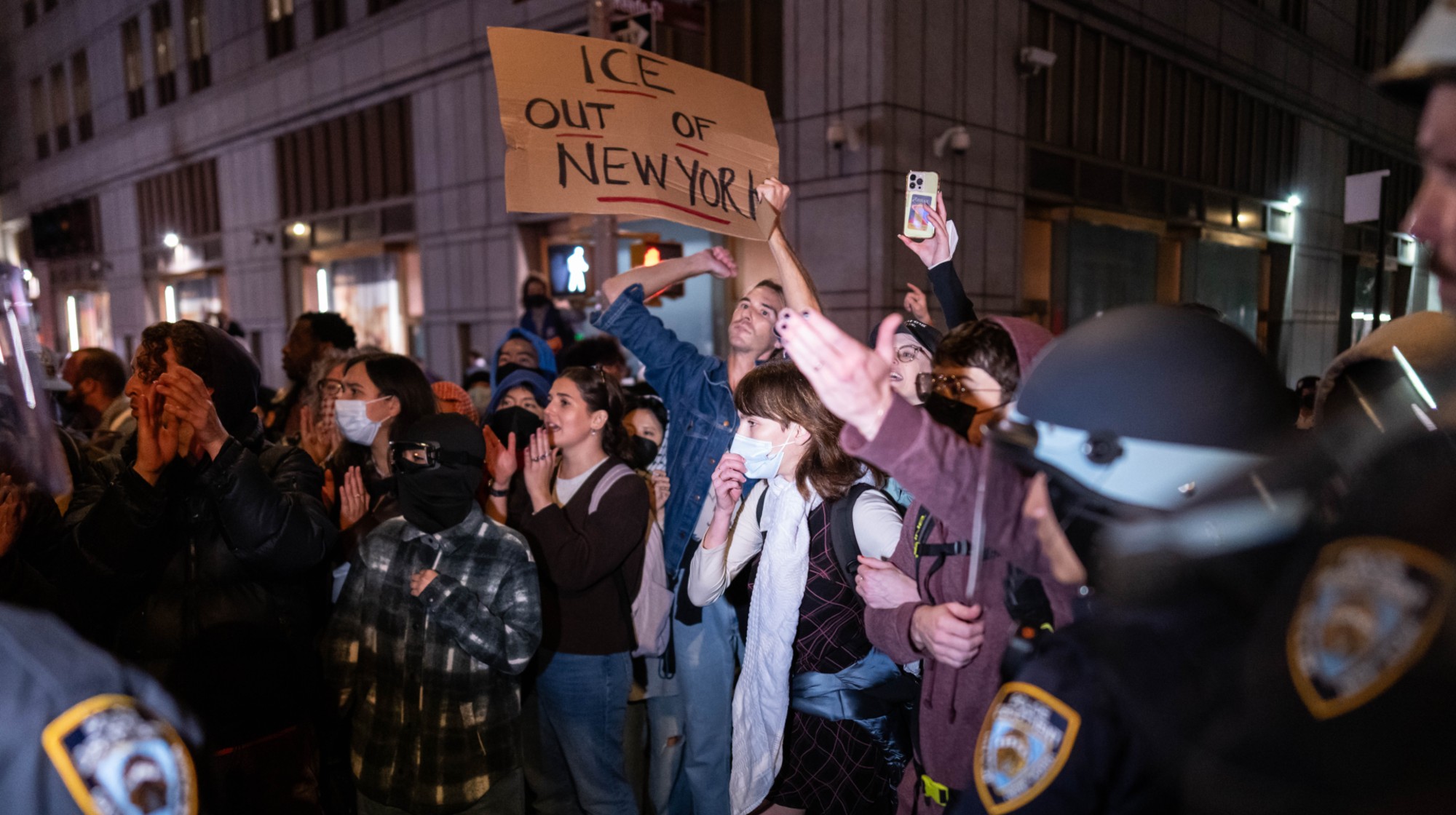 NY attorney general asks public for ICE raid footage
NY attorney general asks public for ICE raid footageSpeed Read Rep. Dan Goldman claims ICE wrongly detained four US citizens in the Canal Street raid and held them for a whole day without charges
-
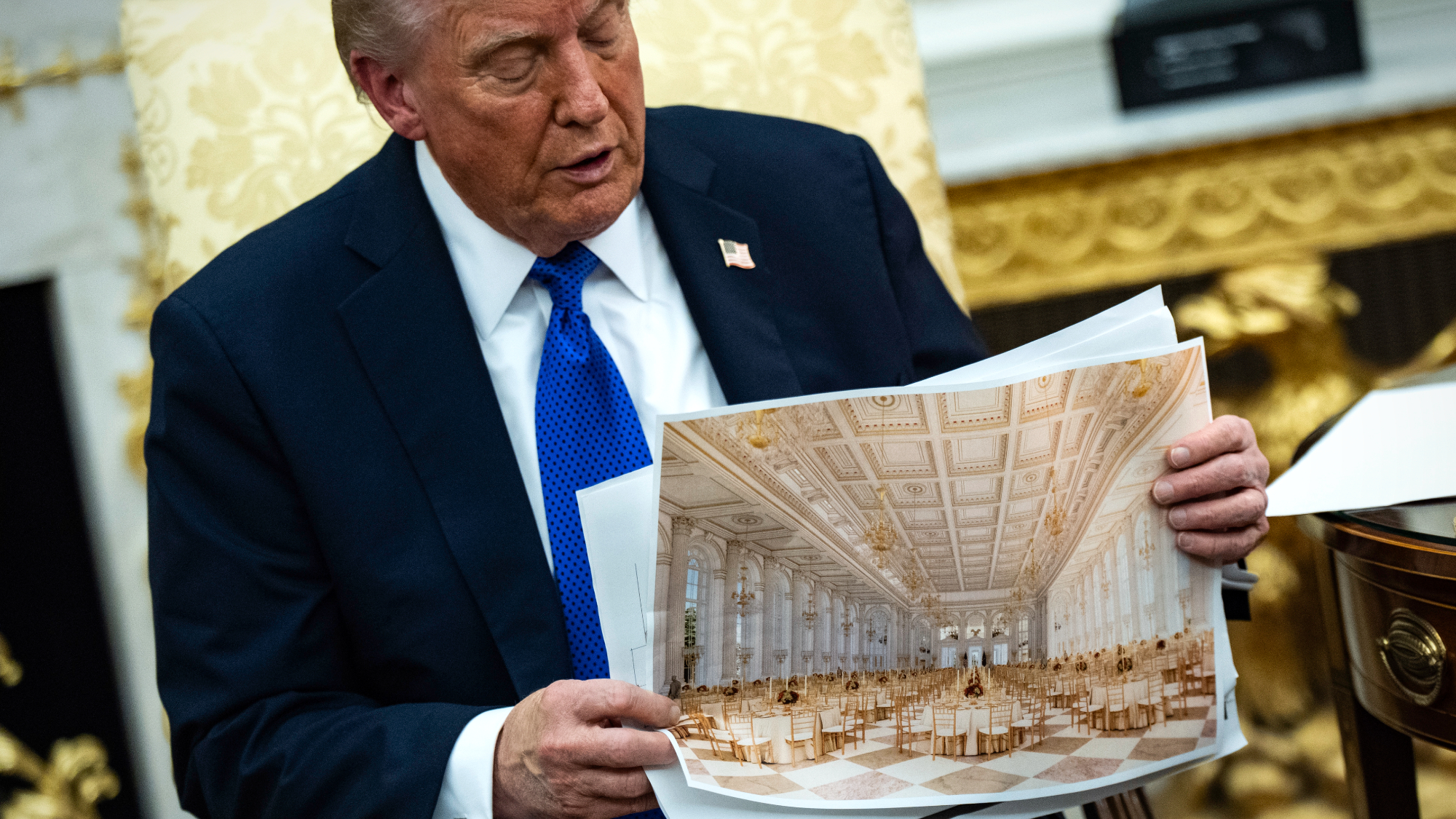 Trump’s huge ballroom to replace razed East Wing
Trump’s huge ballroom to replace razed East WingSpeed Read The White House’s east wing is being torn down amid ballroom construction
-
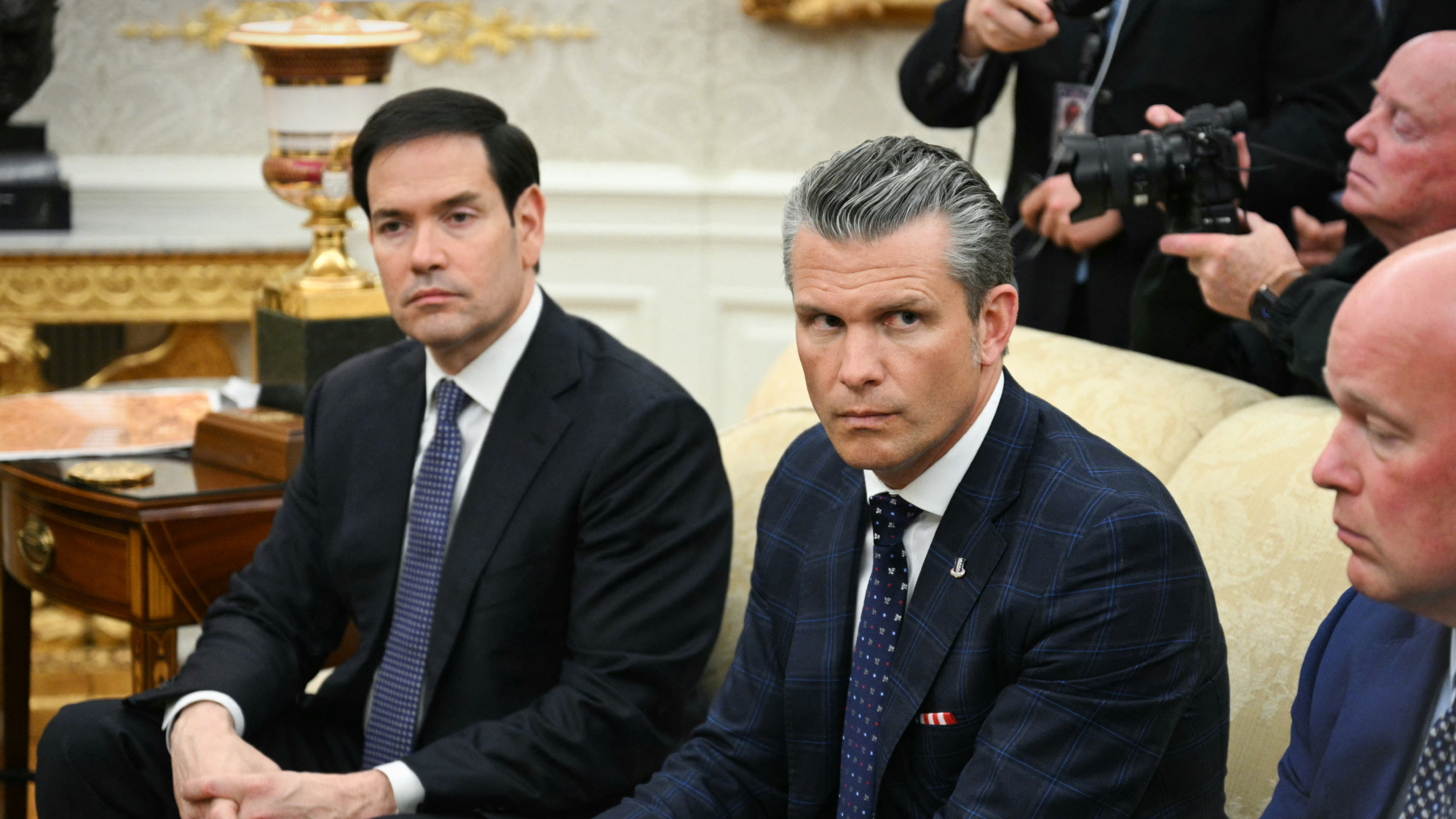 Trump expands boat strikes to Pacific, killing 5 more
Trump expands boat strikes to Pacific, killing 5 moreSpeed Read The US military destroyed two more alleged drug smuggling boats in international waters
-
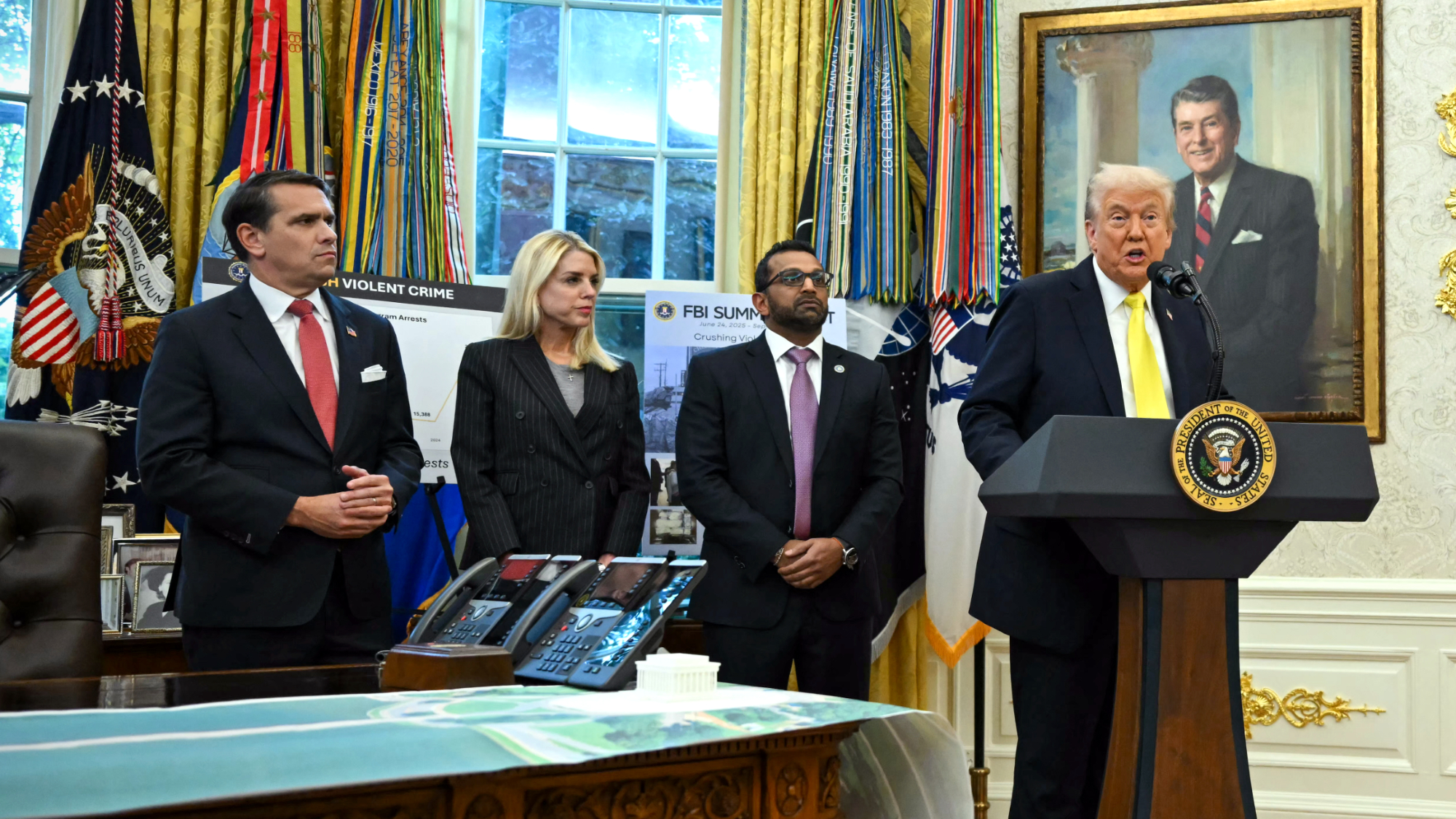 Trump demands millions from his administration
Trump demands millions from his administrationSpeed Read The president has requested $230 million in compensation from the Justice Department for previous federal investigations
